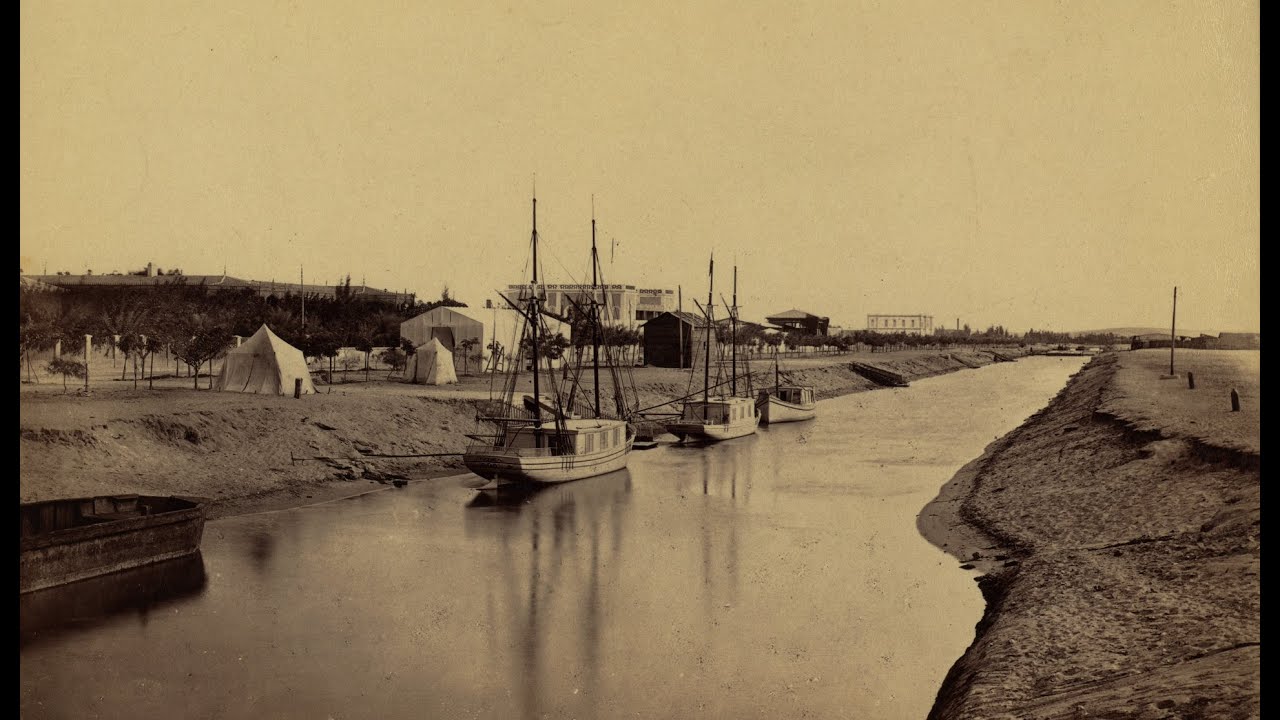- Phone: (201) 579-8253
- Phone: (201) 791-4777
- Fax: (201) 791-4771
- Info@goegypt.org

- Location : Northern East
- Lenght : 100KM
Suiz canal
Suez Canal, Arab. Qanat as Suways, waterway of Egypt extending from Port Said to Port Tawfiq (near Suez) and connecting the Mediterranean Sea with the Gulf of Suez and thence with the Red Sea. The canal is somewhat more than 100 mi (160 km) long. Proceeding S from Port Said, it runs in an almost undeviating straight line to Lake Timsah. From there a cutting leads to the Bitter Lakes (now one body of water), and a final cutting then reaches the Gulf of Suez. The canal has no locks and can accommodate all but the largest ships.

The desirability of a water connection between the Mediterranean and the Red Sea was long appreciated in antiquity. A canal was built in the 20th or 19th cent. B.C. to Lake Timsah (then the northern end of the Red Sea). Xerxes I had the canal extended. It was restored several times (notably by Ptolemy II and Trajan) until the 8th cent. A.D., when it was closed and fell into disrepair.
The modern canal was planned by the French engineer Ferdinand de Lesseps, who also supervised construction (1859-69). Great Britain, which had opposed the construction of the canal, became the largest shareholder in 1875 by purchasing the interest of the Egyptian khedive. The Convention of Constantinople signed in 1888 by all major European powers of the time declared the canal neutral and guaranteed free passage to all in time of peace and war. Great Britain was the guarantor of the neutrality of the canal; management was placed in the hands of the Suez Canal Company.
Bibliography
Under the Anglo-Egyptian treaty of 1936, which made Egypt virtually independent, Britain reserved rights for the protection of the canal, but after World War II, Egypt pressed for evacuation of British troops from the area. Egypt in 1951 repudiated the 1936 treaty, and anti-British rioting and clashes on the border of the zone erupted. In 1954, Britain agreed to withdraw, and in June, 1956, the British completed their evacuation of armed forces from Egypt and the canal zone.
After Great Britain and the United States withdrew their pledges of financial support to help Egypt build the Aswan High Dam, Egyptian President Gamal Abdal Nasser nationalized (July, 1956) the Suez Canal and set up the Egyptian Canal Authority to replace the existing privately owned company. In August, British oil and embassy officials were expelled from the country. Having been denied passage through the canal since 1950 and having suffered repeated border raids from Egypt, Israel, with French and English air support, invaded Egyptian territory on Oct. 29, 1956. Within a few days France and Great Britain sent armed forces to retake the Suez Canal. Intervention by the United Nations brought an armistice in early November, and a UN emergency force replaced the British and French troops. The canal, blocked for more than six months because of damage and sunken ships, was cleared with UN help and reopened in Apr., 1957. Egypt agreed to pay, in six annual installments, approximately $81 million to shareholders of the nationalized Suez Canal Company; final payment was made on Jan. 1, 1963.
Despite UN efforts to guarantee the free passage of vessels through the canal, Egypt prevented Israeli ships from using the waterway. The canal was closed by Egypt during the Arab-Israeli War of 1967, after which it formed part of the boundary between Egypt and the Israeli-occupied Sinai peninsula. Egypt lost considerable revenue as a result of the closing of the canal, but friendly Arab countries agreed to subsidize the Egyptian economy with contributions roughly equaling the former income from the canal. After the Suez Canal was closed, many ships (especially tankers) were built that were too large for the canal, and alternate sea routes were used increasingly in world trade.
|
In Oct., 1973, Egyptian troops crossed the canal and attacked Israeli forces on the east bank of the canal; Israeli units crossed the canal to the west and eventually encircled the Egyptian Third Army. In early 1974, Egypt and Israel signed an agreement that led to Israeli withdrawal from the Sinai. With both banks of the canal again secured, Egypt, with the assistance of the U.S. navy, cleared it of mines and war wreckage, and it was reopened in 1975. Traffic declined in the 1980s, largely because of high fees and water too shallow for oil supertankers. In 1997 officials announced fee reductions and a plan to deepen the channel. |
